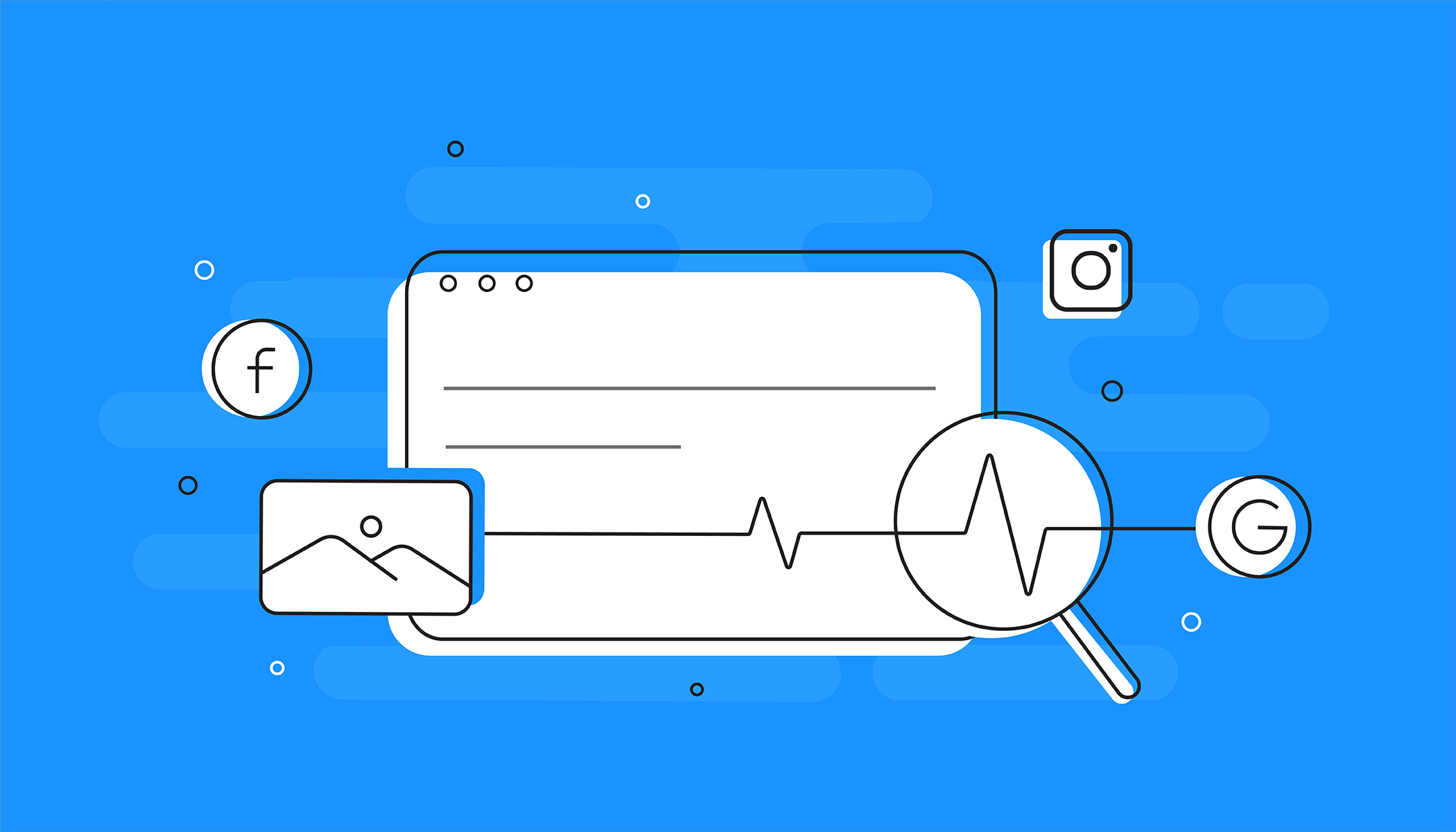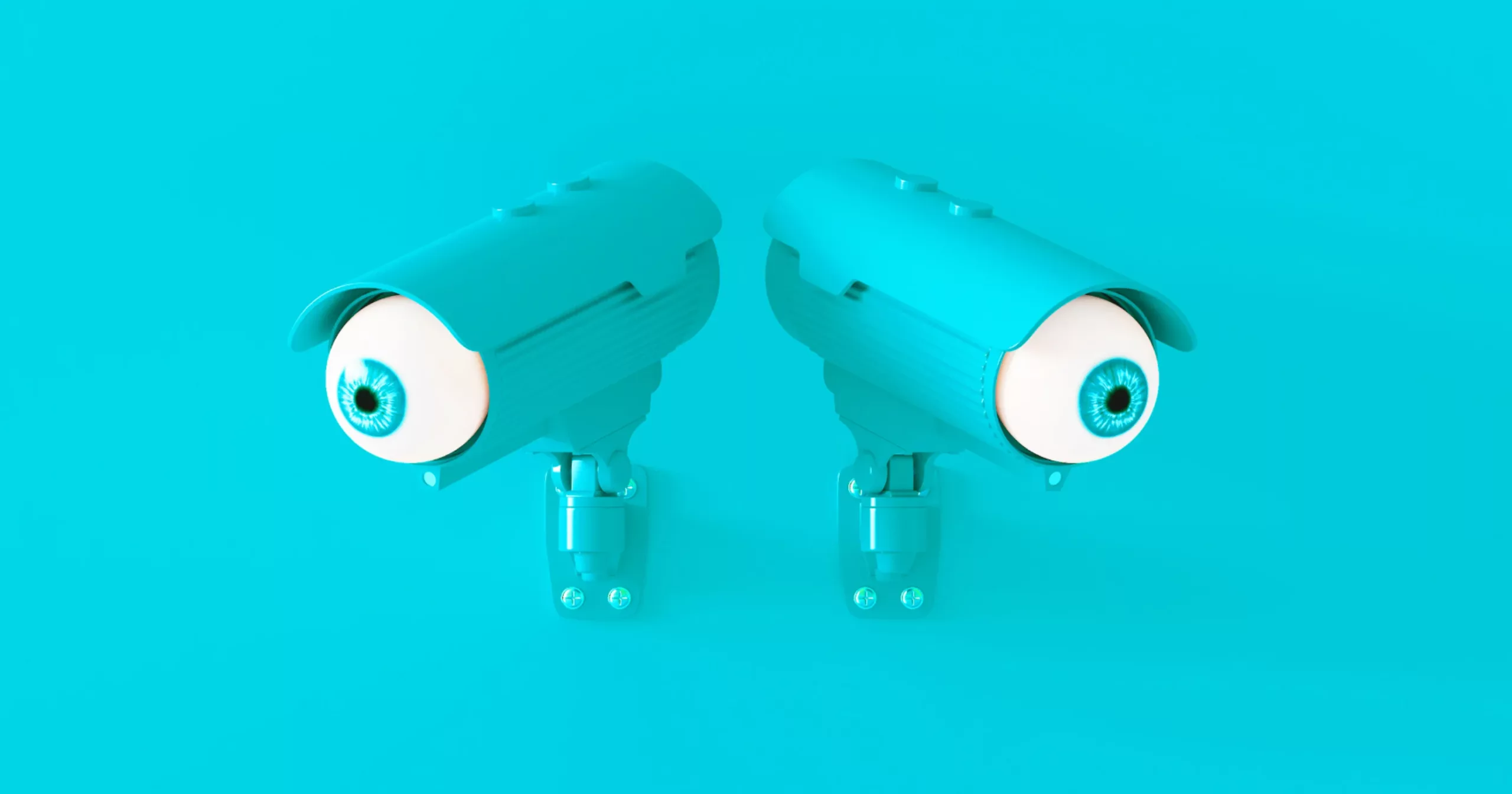In today’s fast-paced digital landscape, staying informed about what’s being said about your brand, industry, or competitors across various media channels is crucial for maintaining a competitive edge. This is where media monitoring comes into play, offering a myriad of media monitoring benefits for businesses of all sizes. Let’s delve deeper into how media monitoring can be a game-changer for your organization.
Introduction to Media Monitoring Benefits

Media monitoring, also known as media intelligence or media analysis, involves tracking and analyzing various forms of media content, including news articles, social media posts, blogs, forums, and broadcast segments. It provides businesses with valuable insights into public perception, market trends, competitor activities, and emerging issues.
Understanding Media Monitoring
1. What is Media Monitoring?
Media monitoring encompasses the systematic collection, analysis, and interpretation of media data to extract actionable insights. It involves monitoring both traditional and digital media channels to gain a comprehensive understanding of the media landscape.
2. How Does Media Monitoring Work?
Media monitoring utilizes advanced technologies such as natural language processing (NLP) and machine learning algorithms to scan and categorize vast amounts of media content in real-time. These technologies enable organizations to identify relevant mentions, sentiments, key influencers, and emerging trends.
Benefits of Media Monitoring
1. Real-Time Insights
Media monitoring provides businesses with real-time insights into brand mentions, customer feedback, and industry developments. By monitoring social media platforms, news websites, and online forums, organizations can promptly respond to emerging issues, capitalize on opportunities, and adjust their strategies accordingly.
2. Brand Reputation Management
Effective media monitoring allows businesses to monitor their brand reputation closely. By tracking mentions, sentiment, and online conversations, organizations can identify potential PR crises, address negative publicity promptly, and safeguard their brand image.
3. Crisis Management
In times of crisis, such as product recalls or negative press coverage, media monitoring plays a pivotal role in crisis management. By monitoring media channels, organizations can assess the extent of the crisis, gauge public sentiment, and formulate effective communication strategies to mitigate reputational damage.
4. Competitive Analysis
Media monitoring enables businesses to monitor their competitors’ activities, marketing campaigns, and industry trends. By analyzing competitor mentions and market sentiment, organizations can identify areas for improvement, benchmark their performance, and capitalize on competitive opportunities.
5. Market Research
Media monitoring serves as a valuable tool for market research and consumer insights. By analyzing media coverage, consumer sentiment, and emerging trends, businesses can gain a deeper understanding of their target audience, market dynamics, and consumer preferences.
6. Influencer Identification
Media monitoring helps businesses identify and engage with key influencers in their industry. Also, by tracking influencer mentions, follower engagement, and content trends, organizations can forge strategic partnerships, amplify their brand message, and reach new audiences effectively.
7. Improved Decision Making
By leveraging insights from media monitoring, businesses can make informed decisions across various functions, including marketing, PR, product development, and customer service. Whether it’s launching a new campaign, refining product features, or addressing customer concerns, media monitoring provides valuable data-driven insights to support decision-making processes.
Media Monitoring Tools
To effectively harness the benefits of media monitoring, businesses can leverage a wide range of specialized tools and software platforms. Also, these tools offer features such as sentiment analysis, social media listening, competitor tracking, and customizable reporting dashboards.
1. Social Media Monitoring Tools
Social media monitoring tools enable businesses to track brand mentions, hashtags, and conversations across popular social media platforms such as Facebook, Twitter, LinkedIn, Instagram, and YouTube.
2. Online News Monitoring Tools
Online news monitoring tools aggregate and analyze news articles from thousands of online sources, also, allowing businesses to stay updated on industry news, market trends, and competitor activities.
3. Broadcast Monitoring Tools
Broadcast monitoring tools capture and analyze TV and radio broadcasts, providing businesses with insights into broadcast mentions, segment duration, and audience demographics.
Case Studies
Several businesses have successfully leveraged media monitoring to achieve their strategic objectives. Also, for example, a global consumer goods company used media monitoring to identify emerging consumer trends and tailor its product offerings accordingly, resulting in increased sales and market share.
Tips for Effective Media Monitoring
- Define clear objectives and KPIs for your media monitoring efforts.
- Choose the right media monitoring tools that align with your business needs and budget.
- Monitor a diverse range of media channels to gain comprehensive insights.
- Regularly analyze and interpret media data to identify actionable insights.
- Continuously refine your media monitoring strategy based on changing business priorities and market dynamics.
Challenges
While media monitoring offers numerous benefits, it also presents some challenges, such as data overload, accuracy issues, and the need for skilled analysts to interpret complex data sets effectively.
Conclusion
In conclusion, media monitoring is a powerful tool for businesses to stay informed, proactive, and competitive in today’s dynamic media landscape. By harnessing the insights gained from media monitoring, organizations can optimize their strategies, mitigate risks, and drive business success. If you’re ready to experience the benefits of media monitoring firsthand, contact AIM Technologies today to request a demo and see how our cutting-edge solutions can elevate your media intelligence efforts.
FAQs
What is the difference between media monitoring and social media listening?
- Media monitoring involves tracking and analyzing various forms of media content, including news articles, blogs, forums, and broadcast segments, while social media listening focuses specifically on monitoring and analyzing conversations and sentiments on social media platforms.
How often should businesses conduct media monitoring?
- The frequency of media monitoring depends on factors such as the size of the organization, industry dynamics, and business objectives. Some businesses monitor media continuously in real-time, while others may conduct periodic or ad-hoc monitoring based on specific events or campaigns.
Can media monitoring help with crisis communication?
- Yes, media monitoring is essential for crisis communication. By monitoring media channels, businesses can detect and respond to PR crises promptly, mitigate reputational damage, and maintain transparency and trust with stakeholders.
What are some common challenges associated with media monitoring?
- Common challenges of media monitoring include data overload, accuracy issues, identifying relevant mentions amid noise, and the need for skilled analysts to interpret complex data sets effectively.
How can businesses measure the ROI of media monitoring?
- Businesses can measure the ROI of media monitoring by tracking key metrics such as brand mentions, sentiment analysis, competitive insights, crisis response time, and the impact on business outcomes such as brand reputation, customer satisfaction, and revenue generation.


